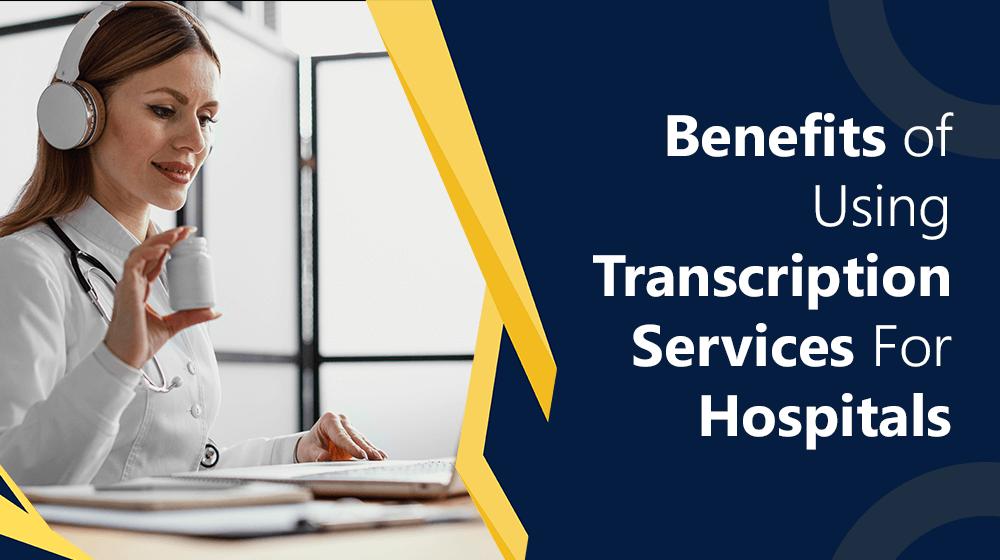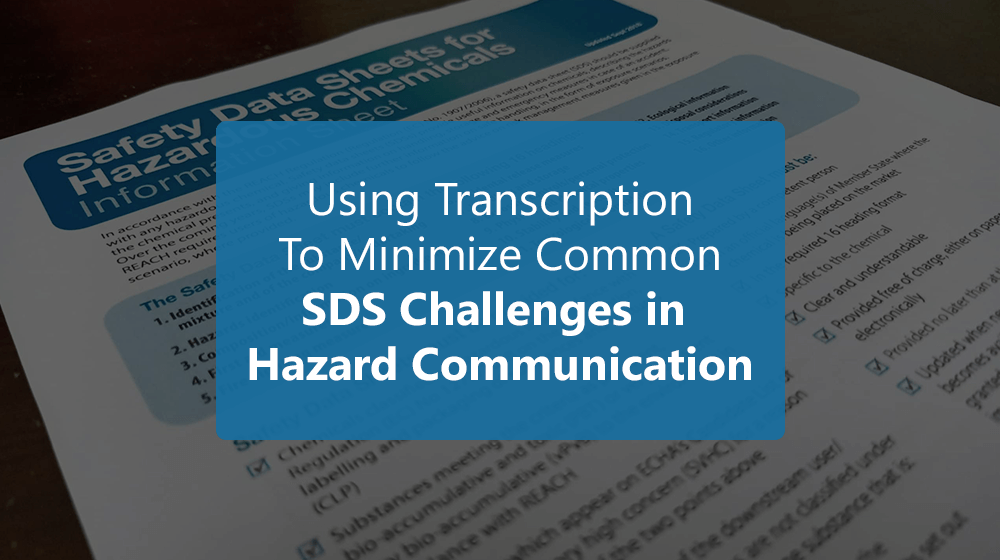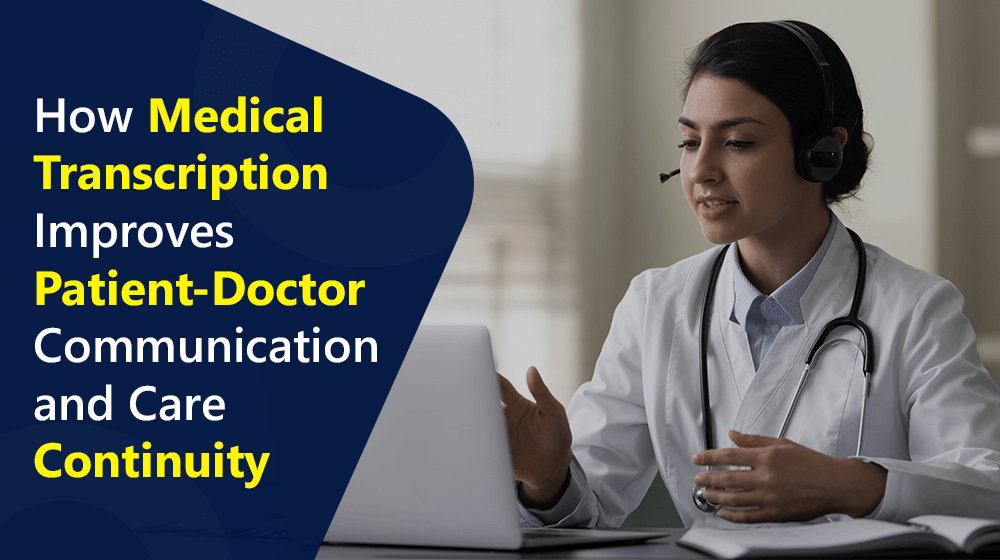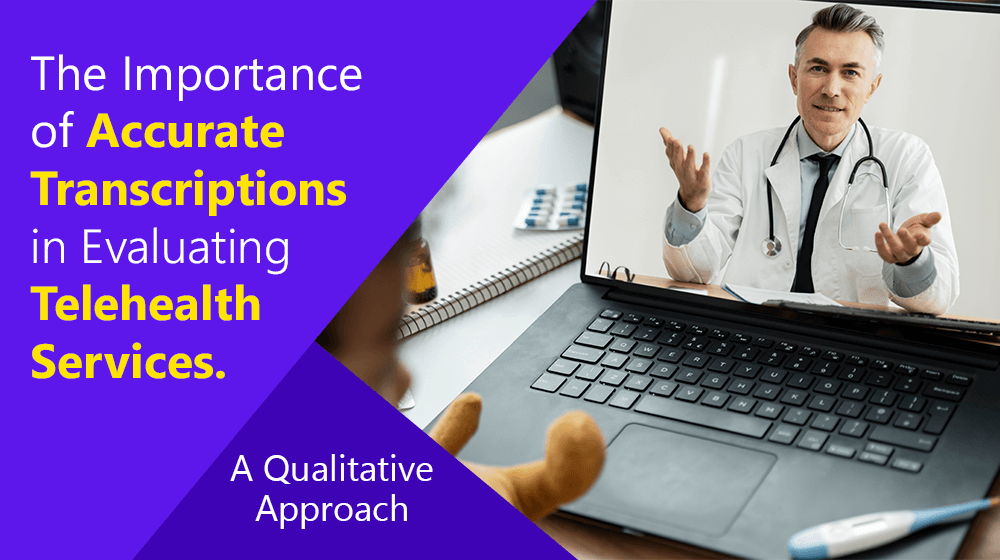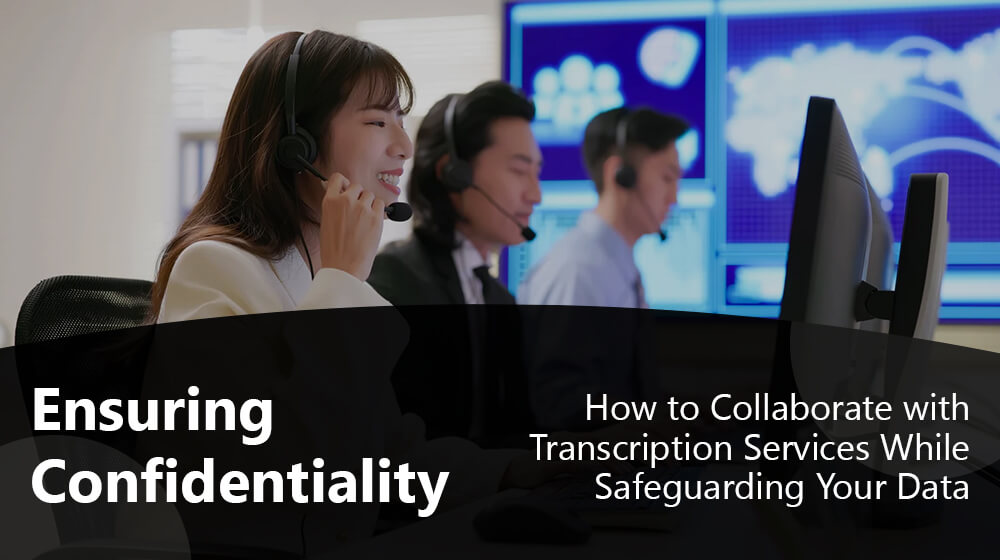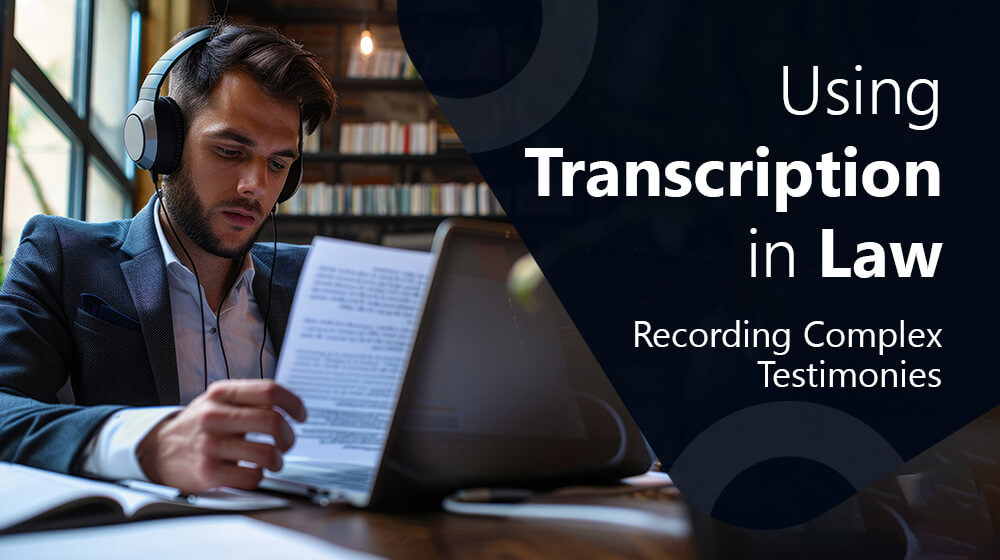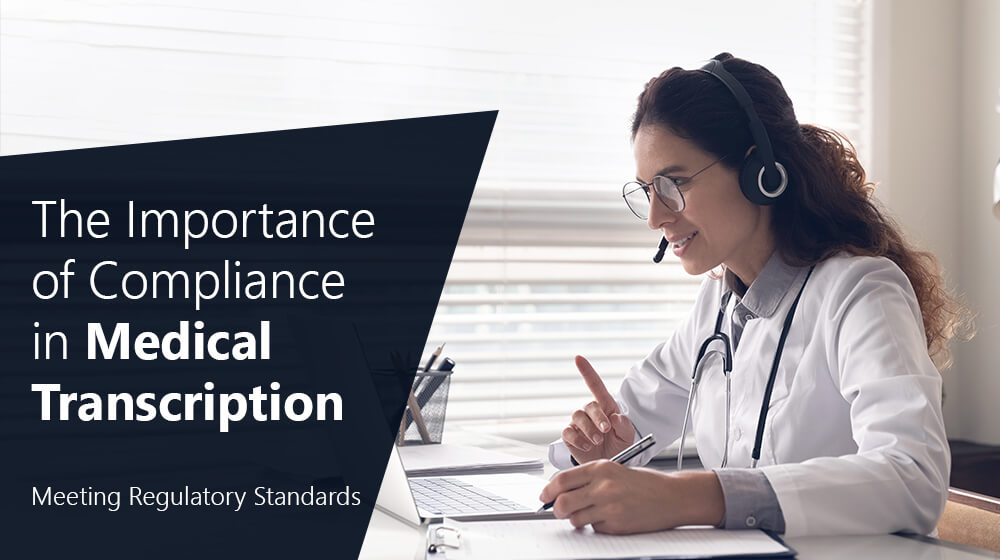Importance of Meeting Minutes and How to Transcribe Them

Home » Blog » transcript » Importance of Meeting Minutes and How to Transcribe Them
Organizations keep track of discussions through meeting minutes, often maintaining audio recordings for future reference. Accurate transcription of these meetings enables better decision-making. Read on to learn how it works and why organizations need professionals to transcribe meeting minutes.
What are Meeting Minutes?
Meeting minutes are a formal, written record of the discussions, decisions, and actions taken during a meeting. They serve as a vital tool for ensuring clarity, accountability, and continuity, providing a shared understanding of outcomes and next steps.
Accurate meeting minutes also offer legal protection and a historical reference point for future decision-making. By capturing the essence of the meeting, minutes enable teams to stay focused, productive, and aligned.
Importance of Meeting Minutes
1. Record of Decisions
Meeting minutes document decisions made during a meeting, crucial for tracking progress and ensuring accountability. They capture critical business strategies, budget allocations, and project timelines. Detailed records by professionals who transcribe meeting minutes ensure accurate implementation, Analyzing data and provide a reference for resolving any confusion.
2. Accountability
Meeting minutes record who is responsible for tasks and deadlines, making roles clear. This accountability improves team efficiency and productivity. Clear task assignments and deadlines help the team work together and achieve goals effectively.
3. Legal Protection
When organizations transcribe meeting minutes, they serve as legal evidence in case of disputes and provide factual accounts of what was discussed and agreed upon, which can be invaluable in legal situations. Well-documented minutes can protect organizations from potential lawsuits by demonstrating that proper procedures and decisions were followed.
4. Continuity
Meeting minutes ensure continuity by providing a record of past meetings. This is crucial when team members or leaders change. New members can review previous minutes to understand ongoing projects, helping them integrate effectively into the team.
5. Action Plans
The decision to transcribe meeting minutes helps in creating detailed action plans. By documenting the steps that need to be taken, who will take them, and by when, meeting minutes facilitate the successful execution of projects. Clear action plans derived from meeting minutes help in keeping the team focused and organized.
6. Communication
Effective communication strategies include ideas to transcribe meeting minutes as it helps keep all participants informed about what was discussed and decided. They provide a written summary for those who could not attend, ensuring everyone is updated on important matters.
How to Transcribe Meeting Minutes
Transcribing meeting minutes involves converting spoken dialogue into a written format. This process requires attention to detail and accuracy to ensure that the minutes are a true reflection of the meeting. Here are the steps to transcribe meeting minutes effectively:
1. Preparation
Before you begin to transcribe meeting minutes, ensure that you have all the necessary tools and materials.. This includes a reliable recording device, a laptop or notebook, and any relevant documents or agendas. Familiarize yourself with the meeting agenda and key participants to anticipate the flow of the discussion.
2. Recording the Meeting
Recording the meeting is crucial for accurate transcription. Ensure that the recording device is positioned to capture all voices clearly. Test the device beforehand to avoid any technical issues. If the meeting is conducted virtually, use built-in recording features or dedicated software to record the session.
3. Note-Taking
While the meeting is in progress, take notes to highlight key points, decisions, and actions. These notes will serve as a reference when you are ready to transcribe meeting minutes. Focus on capturing the essence of the discussion rather than trying to write everything verbatim. Note down the names of speakers and any specific instructions or deadlines mentioned.
4. Transcribing the Recording
After the meeting, listen to the recording and begin transcribing. Play the recording at a slower speed if necessary to ensure accuracy. Transcribe the dialogue verbatim, including any significant pauses or interruptions. Use punctuation to enhance readability and clarity.
5. Formatting the Minutes
Once you transcribe meeting minutes, format the minutes in a clear and organized manner.Use headings and subheadings to structure the document. Include the date, time, and location of the meeting, as well as a list of attendees. Summarize key points, decisions, and action items, and clearly assign tasks and deadlines.
6. Reviewing and Editing
Review the transcribed minutes for accuracy and completeness. Ensure that all important details are captured and that the document is free of errors. Edit for clarity and conciseness, removing any unnecessary information. It may be helpful to have another team member review the minutes to provide additional feedback.
7. Distributing the Minutes
Once you transcribe meeting minutes and it gets finalized, distribute them to all meeting participants and any relevant stakeholders. Ensure that everyone receives a copy promptly, allowing them to review and confirm the accuracy of the document. Store the minutes in a secure and accessible location for future reference.
Tips for Effective Meeting Minutes Transcription
- Use a Template: Having a template for meeting minutes can streamline the way you transcribe meeting minutes. It provides a consistent structure and ensures that all necessary information is included.
- Be Objective: Maintain objectivity in your transcription. Record the discussions accurately without adding personal opinions or interpretations.
- Highlight Action Items: Clearly highlight action items and assigned tasks. This makes it easier for participants to identify their responsibilities.
- Include Timestamps: Adding timestamps to the transcription can be helpful for referencing specific parts of the meeting. This is particularly useful for lengthy meetings.
- Confidentiality: Ensure that the transcribed minutes are kept confidential if the meeting involves sensitive information. Use secure methods to distribute and store the document.
- Ensure Good Audio Quality: Clear audio recordings are crucial for accurate transcription. High-quality audio reduces the likelihood of misunderstandings and errors, ensuring that the transcribed minutes accurately reflect the discussions and decisions made during the meeting.
Benefits of Accurate Meeting Minutes Transcription
When you transcribe meeting minutes, the organization benefits in the following ways:
- Enhanced Communication: Clear and accurate minutes improve communication within the team, ensuring that everyone is informed about important decisions and actions.
- Improved Productivity: By providing a detailed record of tasks and deadlines, meeting minutes help in enhancing productivity and ensuring timely completion of projects.
- Legal Compliance: Properly transcribed minutes can serve as legal evidence, demonstrating that the organization follows appropriate procedures and makes informed decisions.
- Historical Record: Organizations that transcribe meeting minutes get a historical record, providing valuable context for future meetings and decisions.
- Conflict Resolution: In case of disputes or misunderstandings, meeting minutes can provide a factual account of what was discussed and agreed upon, aiding in conflict resolution.
Conclusion
Meeting minutes are a vital tool for businesses seeking to enhance collaboration, accountability, and continuity. By following best practices and leveraging professional transcription services, organizations can ensure accurate and effective meeting minutes that drive success.
Professional Transcription Services
For accurate and timely meeting minute transcription, consider partnering with us. At ANT Datagain our experienced transcriptionists deliver high-quality, accurate transcripts, tailored to your organization’s needs.



